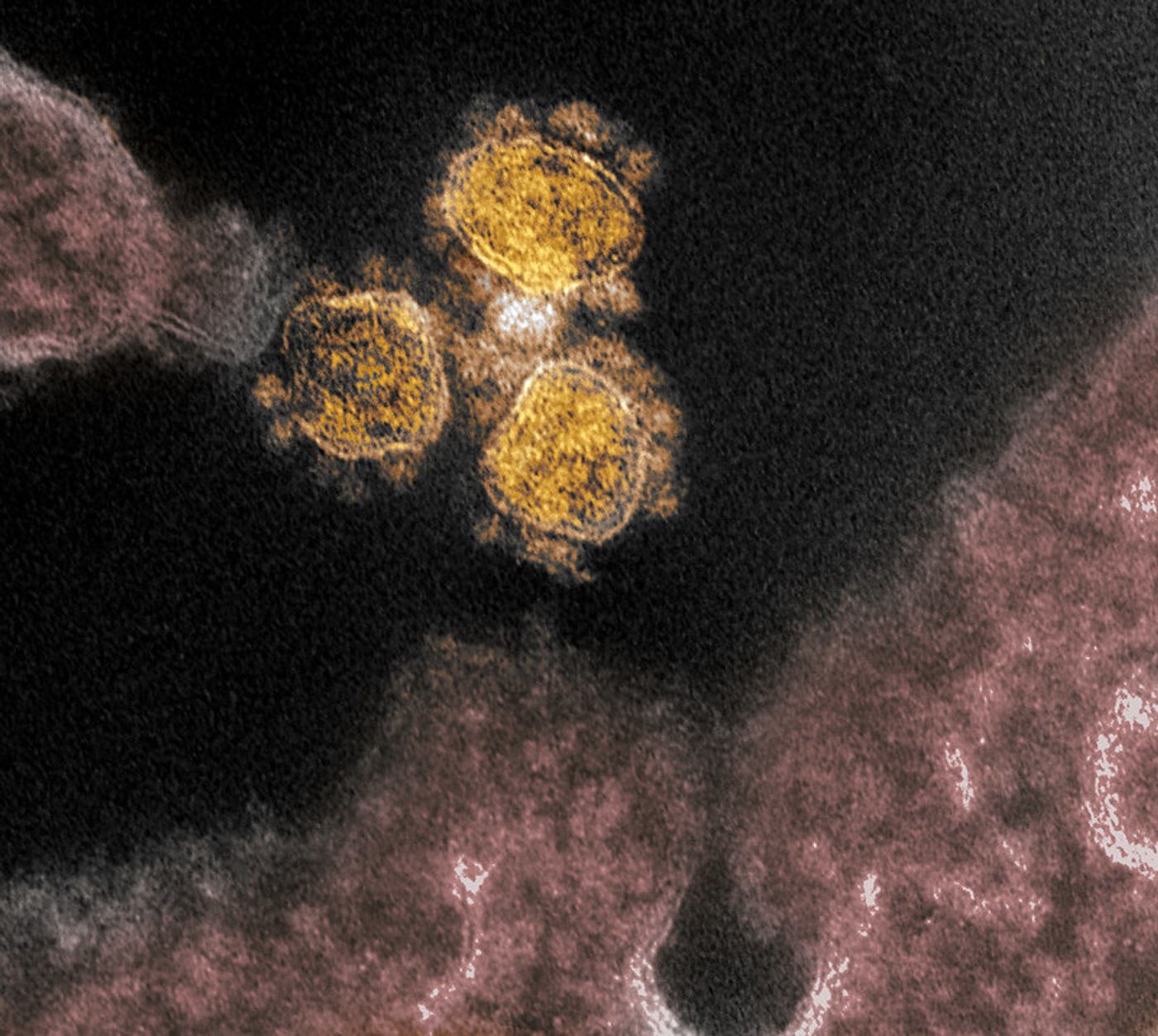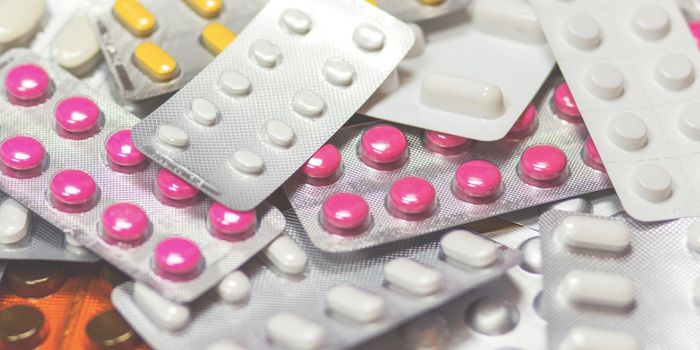How Soap and Hand Sanitizer Kill Viruses
The COVID-19 pandemic has spread around the world and there is still no available treatment or a vaccine, and while efforts continue on these fronts, it's likely to be months if not years before we have one or both.
Researchers have been able to detect the virus in aerosols for up to three hours, and the virus can survive on several surfaces. The virus is thought to remain stable for four hours on copper surfaces, as many as 24 hours on cardboard and for up to three days on stainless steel and plastic.
Social distancing can help protect us from the aerosols that can be expelled by infected individuals. Masks have become important as well, since not all infected individuals will show symptoms and widespread testing is still not available - people won't always know they are infectious. If everyone wears a mask, it helps prevent asymptomatic but infected individuals from spreading the virus.
Handwashing is another crucial preventive measure that can slow the spread of the virus.
There has been debate in the biology community about whether viruses are living organisms or not. But they do carry a genome, and they can be destroyed with soap. The SARS-CoV-2 genome is made of a molecule called RNA, which is encased in a fatty lipid bilayer. So how does soap get rid of the virus?
Soap molecules have one end that links up with water and another that attaches to fats. The fat-binding end can wedge its way in between the lipid bilayer of the virus, breaking it apart, releasing and destroying the viral genome. The end that's attracted to water helps the uninfectious viral fragments get washed away. Hands should also be washed for twenty seconds to eliminate the virus.
Hand sanitizers are not as effective as handwashing, but they can also work on the lipid bilayer. To be effective, they must contain at least 62 percent alcohol.









